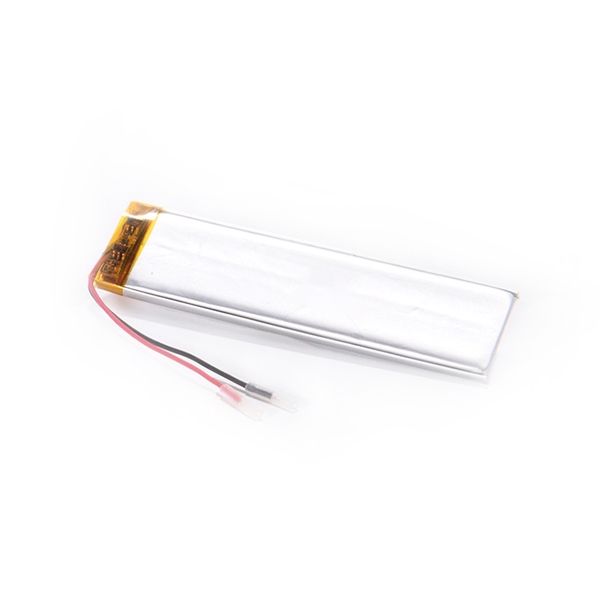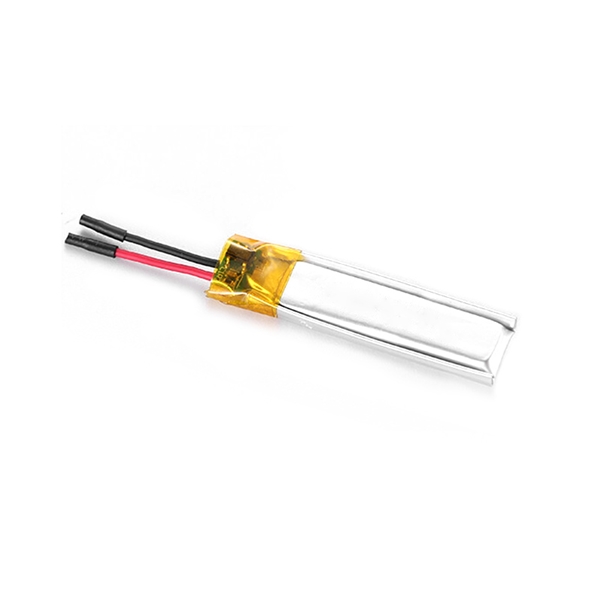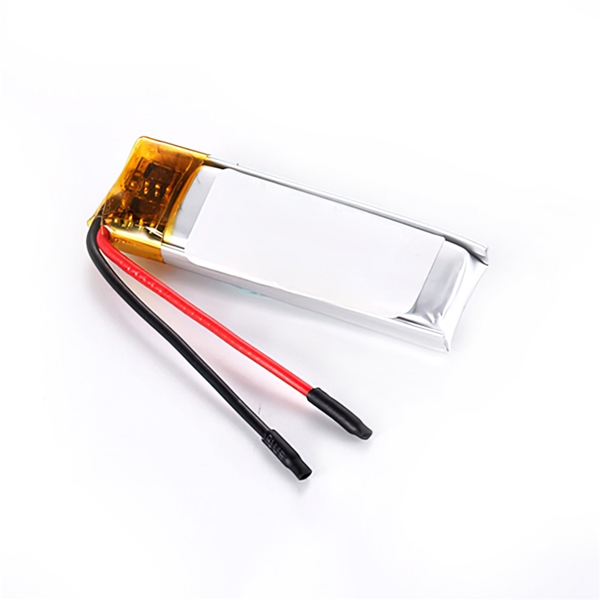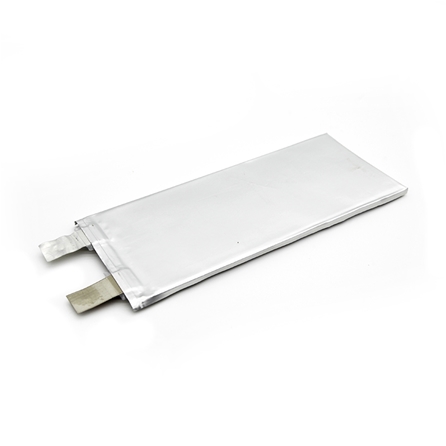-
Home
- Battery
- Application
- Solution
- News
- About Us
Inquiry
Contact UsIf you have any questions, please contact us immediately!What are the classifications of lithium batteries?
2024-03-02With the rapid development of science and technology and the gradual deepening of environmental awareness, lithium batteries, as a clean, efficient and renewable energy source, have been widely used in various fields. Whether it is consumer electronics such as mobile phones and laptops, or emerging industries such as electric vehicles and energy storage systems, lithium batteries play a vital role. However, did you know that lithium batteries are actually a big family with many different types? This article will give you a detailed analysis of the classification of lithium batteries and help you understand this field more deeply.
1. Classification according to shape
Cylindrical lithium battery
Cylindrical lithium battery is the earliest type of lithium battery. Its interior adopts a spiral winding structure and is made of a very fine and well-permeable polymer. Ethylene or polypropylene or polyethylene and polypropylene composite film insulation material for packaging. The diameter of this battery is usually between 18mm-65mm, and the height is between 65mm-70mm. The advantages of cylindrical lithium batteries include high production efficiency, good consistency, and lower cost. However, since cylindrical batteries are generally packaged in steel or aluminum shells, they are relatively heavy and have a fixed shape, making them unsuitable for applications in some special occasions.Rectangular lithium battery
Rectangular lithium battery is square in appearance and is generally made of aluminum or steel shells. Compared with cylindrical lithium batteries, the internal structure of square lithium batteries is more complex and is usually manufactured using a winding or laminated process. The size of this battery can be customized according to customer needs and has high flexibility. The advantages of square lithium batteries include high energy density, good cycle performance, and high safety performance. However, its disadvantage is that the production process is relatively complex and the production cost is high.Soft-packed lithium batteries
Soft-packed lithium batteries use aluminum-plastic film as the outer shell material, and are manufactured internally using a winding or lamination process. Since the aluminum-plastic film has good flexibility and plasticity, the shape of the soft-pack lithium battery can be designed according to actual needs and is very flexible. The advantages of this type of battery include light weight, thin thickness, and high energy density. However, its disadvantage is that its mechanical strength is relatively low and it is easily damaged by external forces.2. Classification according to electrolyte status
Liquid lithium battery
Liquid lithium battery is the earliest type of lithium battery, and its electrolyte is a liquid organic solvent. The advantages of this kind of battery include mature production technology, low cost and high energy density. However, liquid lithium batteries also have some obvious shortcomings, such as poor safety and limited cycle life. In recent years, with the development and application of new materials and new technologies, the performance of liquid lithium batteries has been significantly improved, but it still faces certain technical challenges and market competition pressure.Solid-state lithium battery
Solid-state lithium battery is a new type of lithium battery whose electrolyte is solid inorganic material or polymer. Compared with liquid lithium batteries, solid-state lithium batteries have the advantages of higher safety, longer cycle life, and wider operating temperature range. However, the current production process of solid-state lithium batteries is immature and the cost is high, so it still faces certain limitations in large-scale commercial application. However, with the continuous advancement and innovation of technology, solid-state lithium batteries are expected to become one of the mainstream lithium battery types in the future.3. Classification according to cathode materials
Lithium cobalt oxide battery
Lithium cobalt oxide battery is one of the earliest types of lithium batteries to be commercialized. Its cathode material is lithium cobalt oxide (LiCoO2). The advantages of this kind of battery include high energy density and good cycle performance. However, lithium cobalt oxide batteries also have some shortcomings, such as high cost and poor safety. At present, lithium cobalt oxide batteries are mainly used in 3C electronic products and other fields.Lithium manganate battery
The positive electrode material of lithium manganate battery is lithium manganate (LiMn2O4). The advantages of this kind of battery are low cost, good safety and environmental protection. However, the energy density of lithium manganate batteries is relatively low and the cycle life is also limited. At present, lithium manganate batteries are mainly used in electric tools, electric bicycles and other fields.Ternary lithium battery
The cathode material of ternary lithium battery is lithium nickel cobalt manganate (LiNiCoMnO2) or lithium nickel cobalt aluminate (LiNiCoAl02). This battery combines the advantages of lithium cobalt oxide batteries and lithium manganate batteries and has the characteristics of high energy density, long cycle life and good safety. At present, ternary lithium batteries have become one of the mainstream battery types in the field of electric vehicles.Lithium iron phosphate battery
The positive electrode material of lithium iron phosphate battery is lithium iron phosphate (LiFePO4). This kind of battery has the advantages of low cost, good safety and long cycle life. At the same time, lithium iron phosphate batteries are environmentally friendly, do not contain heavy metal elements, and are in line with the concept of green and sustainable development. At present, lithium iron phosphate batteries are mainly used in energy storage systems, electric buses and other fields.To sum up, there are many categories of lithium batteries and each has its own characteristics. With the continuous advancement of technology and changing application requirements, the types of lithium batteries will become more diverse in the future. When selecting and using lithium batteries, comprehensive considerations and evaluations should be made based on specific application scenarios and needs.
- Previous:Revealing the specific capacity of lithium batteries: how to calculate and evaluate
- Next:Already the last article
Follow us- +86 0769-21688994
- Room 603, Building 9, No.1 Boheng Second Road, Songshanhu Park, Dongguan City, Guangdong Province
All rights reserved © Guangdong Qiantu Battery Technology Co., LtdQiantu Battery - Battery













